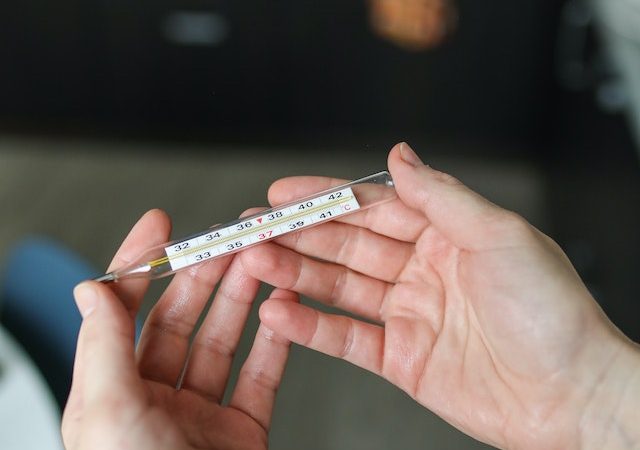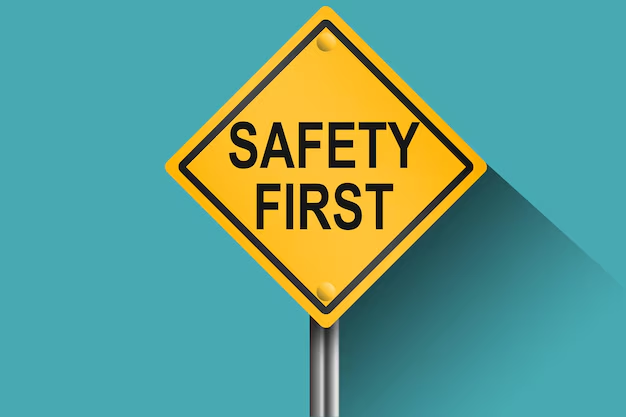Introduction A high fever can be concerning, but when does it cross the line into dangerous territory? In this article, we’ll explore the critical topic of when a High Fever Danger becomes a medical emergency. Dr. Jennifer Carter, a distinguished emergency medicine specialist with years of experience in identifying and treating urgent cases, will guide
Introduction
A high fever can be concerning, but when does it cross the line into dangerous territory? In this article, we’ll explore the critical topic of when a High Fever Danger becomes a medical emergency. Dr. Jennifer Carter, a distinguished emergency medicine specialist with years of experience in identifying and treating urgent cases, will guide us through the red flags and crucial moments when seeking immediate medical care is imperative.
Meet the Expert
Before we delve into the details, let’s introduce the expert who will be sharing her insights with us:
Dr. Jennifer Carter, MD Emergency Medicine Specialist
- Over 20 years of experience in emergency medicine.
- A leader in the field of critical care and trauma.
- Committed to providing timely and life-saving care.
With Dr. Carter’s guidance, we’ll explore the nuances of high fever danger.
Understanding High Fever Danger
A high fever is generally considered dangerous when it poses a significant risk to the individual’s health or indicates a severe underlying condition. Dr. Carter explains the red flags and when to seek immediate medical attention:
High Temperature
A fever above 104°F (40°C) is a cause for concern. It can indicate a severe infection or other medical condition that requires urgent evaluation and treatment.
Key Point: Here’s a helpful table summarizing temperature ranges for adults and children:
| Temperature Range | Description |
|---|---|
| Normal (Adults) | 97°F to 99°F (36.1°C – 37.2°C) |
| High Fever (Adults) | Above 104°F (40°C) |
| Normal (Children) | 97°F to 99°F (36.1°C – 37.2°C) |
| High Fever (Children) | Above 104°F (40°C) |

Photo by Kelly Sikkema on Unsplash
Rapid Temperature Rise
A sudden and significant spike in temperature, especially in a short period, is a red flag. It may indicate a serious infection or medical emergency.
Altered Mental State
Confusion, lethargy, or loss of consciousness in conjunction with a high fever can signal a medical emergency. These changes in mental status require immediate medical evaluation.
Difficulty Breathing
High fever coupled with difficulty breathing, rapid breathing, or chest pain can indicate severe respiratory distress and should prompt immediate medical attention.
Seizures
Fever-related seizures, known as febrile seizures, can occur in children. If a seizure lasts longer than a few minutes or if it’s a first-time occurrence, seek urgent medical care.
When to Seek Urgent Care
Understanding when to seek urgent care for high fever is crucial. Dr. Carter provides clear guidelines:
Key Point: Here’s a comparative table summarizing when to seek urgent medical help for high fever:
| Situation | Action Required |
|---|---|
| High fever above 104°F (40°C). | Seek immediate medical help. |
| Rapid temperature rise. | Seek immediate medical evaluation. |
| Altered mental state or confusion. | Seek immediate medical attention. |
| Difficulty breathing or chest pain. | Seek immediate medical help. |
| Seizure lasting longer than a few minutes. | Seek urgent medical care. |
Conclusion
Recognizing when a high fever is dangerous is a critical skill that can save lives. Thanks to the expertise of Dr. Jennifer Carter, we’ve gained insights into the red flags and signs that indicate high fever danger. In times of medical urgency, swift action can make all the difference. Stay informed, stay vigilant, and remember that seeking timely medical care is a priority when it comes to high fever emergencies.






















Leave a Comment
Your email address will not be published. Required fields are marked with *